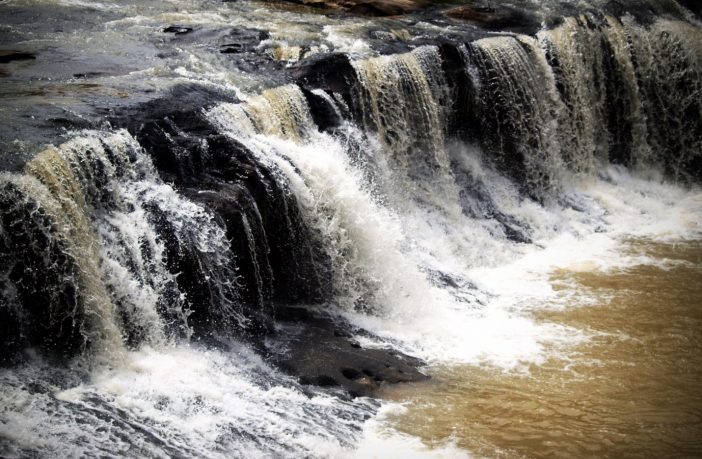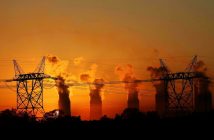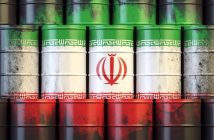- Tanzania has arguably, the best natural resources in Africa for the production of renewable energy from hydro, solar, wind and gas.
- The appointment of a New Energy Minister, Dr. Medard Kalemani towards the end of 2017 brought much promise for renewable energy Independent Power Producers.
- The country plus renewable energy stakeholders eagerly await a revised Integrated Resource Plan from the new Minister.
- The Stiegler’s Gorge Hydro Project appears to be getting priority for now.
Tanzania is arguably the best-suited country for the production of renewable power in Africa. It has an abundance of vast vacant lands. The solar irradiation and wind strength levels will ensure some of the highest levels of renewable energy production on the continent. Yet to date, there is no utility-scale renewable energy project using these technologies in the country.
The country is run with an iron fist by President Magufuli who has made it his mission to stamp out corruption. Many commentators say his zero tolerance is excessive and argue that it could undermine growth in East Africa’s second-biggest economy.
Towards the end of 2017, Magafuli separated the Minerals and Energy Ministries and appointed Dr. Medard Kalemani as new Minister of Energy. It was hoped the 42-year-old would be the catalyst for renewable energy projects to flourish but apart from a number of small solar Pv off-grid, mini-grid projects in the rural areas, the only large-scale renewable energy project announcement has been the Stiegler’s Gorge Hydro Project.
At the time of his appointment, it was largely speculated that the new Minister, along with EWURA (Tanzanian Energy Regulator) would review the 2016 Updated Power Systems Master Plan to include a more balanced mix of technologies for power generation.
The current five-year master plan formulated in 2016 only allocates 100Megawatts of power production to solar technology and 200 Megawatts to the wind. This makes up roughly 5% of the planned total installed generation capacity of 5,011MW. The balance of the generation mix is made up of Gas: 50%, Coal: 25% and Hydro: 20%. The long-term generation plan targets 22,595MW by 2040, consisting of 5,093MW hydro, 10,253MW gas-fired generation, 6,000MW Coal, 850MW renewable and 400MW import.
TANESCO, which falls under the Ministry of Energy, is Tanzania’s state utility responsible for electricity generation, transmission and electricity distribution. There are questions raised regarding the financial stability of TANESCO and its ability to enter into large-scale Power Purchase Agreements with Independent Power Producers. Tanzania’s Treasury also refuses to provide debt guarantees to TANESCO.
For now, it would seem the new Energy Ministers focus is on the Stieglers Gorge Hydro Project and keeping power production state-owned. In March this year, he announced that an additional Sh700Billion has been allocated to the controversial project which is expected to generate 2100 Megawatts by damming the Rufiji River basin. The Energy Ministry’s budget has jumped 40% this year as a result of the project. The project has seen major resistance from international environmental watchdogs which could delay the project.
The gamble by the Minister to place his faith is hydro is questionable. Climate change has caused many countries to review their hydro programs because dam and river levels are becoming increasingly difficult to forecast and model. Solar Pv and Wind power plants are cheaper and quicker to construct plus deliver reliable returns with very little negative environmental impact.
The announcement of the new Integrated Resource Plan will determine whether there is a future for utility-scale Solar Pv and Wind power in Tanzania. For now, it is clear that utility scale Solar Pv and Wind power roll out is taking a back seat.
Author: Bryan Groenendaal











